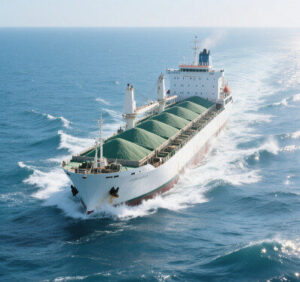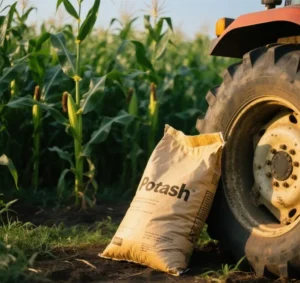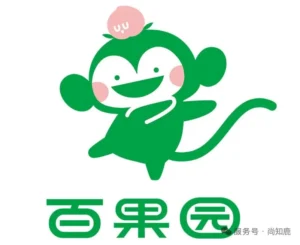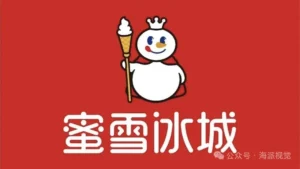Potassium salt, also known as potash, is a cornerstone of global food security and industrial applications. Recently, it has emerged as a strategic focus for major economies. On August 25, 2025, the U.S. Geological Survey (USGS) added potash to its Critical Minerals List in response to mounting concerns about supply chain vulnerabilities. Meanwhile, China, the world’s largest consumer of potash, has long pursued a multifaceted strategy to secure its resources. This article explores the contrasting approaches of the United States and China to managing potassium salt, examining their motivations, policies, and the implications for global markets and food security.
U.S. Strategy: Fortifying Domestic Resilience
The U.S. has designated potash as a critical mineral based on three key imperatives:
- Agricultural Security: Potassium is essential for crop growth, stress resistance, and yield quality. Since 95% of global potash is used in fertilizers, its availability directly affects food production.
- Geopolitical Vulnerability: The U.S. relies heavily on imports, with 93% of its potash coming from Canada and 79% of that coming exclusively from there. While currently tariff-exempt, geopolitical tensions and shifts in trade policy pose significant risks to supply stability.
- Domestic Capacity Expansion: The critical mineral designation makes federal incentives, including funding from the Inflation Reduction Act, available to encourage domestic exploration and production. Secretary Doug Burgum aims to “reduce foreign reliance and boost American innovation.”
Policy Tools and Challenges:
- Incentives: Tax credits and subsidies accelerate potash projects and prioritize permit approvals.
- Environmental and operational barriers: Development faces environmental opposition and lengthy permitting processes (7–10 years for approvals), which delay short-term production gains. The USGS acknowledges that import dependence will persist despite policy support.
- Trade Dynamics: Proposed tariffs (e.g., 25% on Canadian imports) could increase North American prices by $100/ton, potentially diverting Canadian exports to Asia and fragmenting global markets.
China’s Approach: Diversification and Integration
China’s strategy focuses on balancing domestic production, imports, and overseas investments. This strategy is referred to as the “Three-Thirds” model.
- Domestic Production: Despite having reserves of less than 10 billion tons of caustic potash, China maximizes extraction through technological innovations, such as filling mining methods. However, output has declined due to resource depletion. For instance, the Qarhan Salt Lake in Qinghai reported an 8.7% year-over-year drop in the first half of 2025.
- Secured imports: Long-term contracts with Canada, Russia, and Belarus mitigate risks. In 2025, China negotiated import contracts at $346 per ton to ensure a stable supply. Sixty-seven and a half percent of China’s potash consumption (18.7 million tons in 2024) relies on imports.
- Overseas Investments: Strategic acquisitions in politically stable regions, such as Laos, which supplied 952,900 tons in the first half of 2025 (accounting for 15.2% of total imports), and Congo diversify sources and mitigate geopolitical risks.
Policy and Technological Support:
- Extraction Tech: Companies like Yashan International are pioneering circular production models to optimize the use of low-grade ores.
- Regulatory streamlining: The “One Certificate, One Product” policy improves quality control, and the “Rectifying Winds and Curbing Roll-Ups” initiatives reduce market disorder.
Comparative Analysis: Paths and Parallel
| Aspect | U.S. Approach | China’s Approach |
| Focus | Domestic capacity, supply chain control | Global resource diversification |
| Policy Tools | Critical minerals list, tariffs, subsidies | Three-Thirds strategy, overseas investments |
| Import Dependency | 93% (Canada) | 67.5% (diversified) |
| Key Challenges | Environmental opposition, slow permitting | Resource depletion, geopolitical risks |
| Global Strategy | “Friend-shoring” (allies) | Belt and Road partnerships (e.g., Laos) |
Global Implications and Future Trends
- Market Polarization: U.S. tariffs could divide markets into higher-cost North American supplies and Asia-focused surpluses from Canada and Russia.
- Food Security Risks: Potash scarcity could increase food prices. A 30% potash price hike could increase global food expenses by 15%, disproportionately affecting developing nations.
- Tech Competition: Both nations prioritize innovation.
- The U.S. invests in automated mining.
- China is advancing the utilization of salt lakes (e.g., Qarhan’s integrated extraction systems).
- Geopolitical Rivalry: The U.S. aims to counter Chinese influence in resource-rich regions such as Africa and Southeast Asia, while China strengthens infrastructure partnerships, such as the Laos–China rail link.
Conclusion
Although the U.S. and China have different strategies—domestic resilience versus global integration—both recognize the strategic importance of potassium salts for food security and economic stability. Shared challenges, such as climate change and geopolitical volatility, underscore the importance of cooperation over competition. As potash becomes a more important geopolitical asset, international dialogue may be essential to prevent market fragmentation and ensure equitable access to this vital resource.
Sources: U.S. Geological Survey (2025); China Ministry of Agriculture Reports; International Potash Institute; Laotian Customs Data (H1, 2025).









